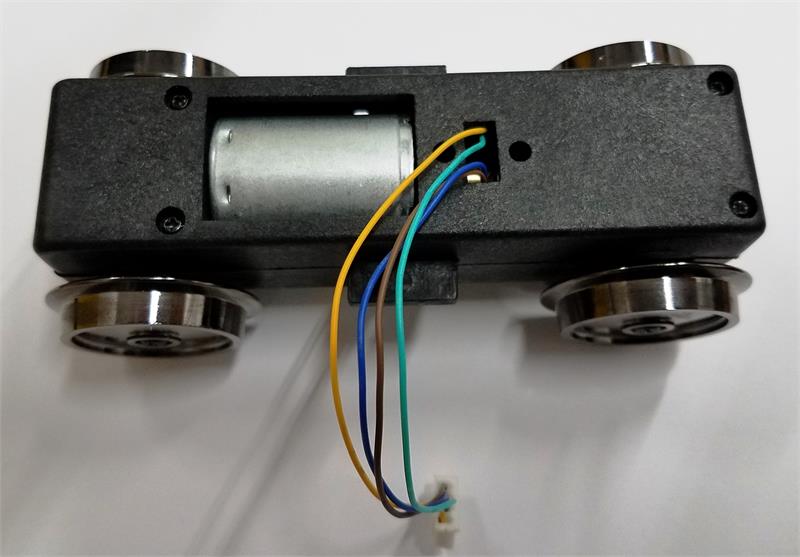Well alrighty then, should the glue fix fail, use a file or coarse sand paper to give the axle some tooth if it’s not knurled and reglue. If it is, then the inside of the gear hole should be roughed up for toothiness and reglued.
Thanks Roos, I am aware of his story. I took HO trucks in my pockets to school, I liked compressing the springs as I rolled them inside my desk…(https://www.largescalecentral.com/externals/tinymce/plugins/emoticons/img/smiley-tongue-out.gif) Oh to be 10 again!



